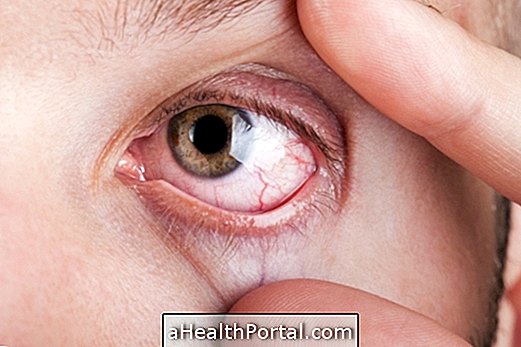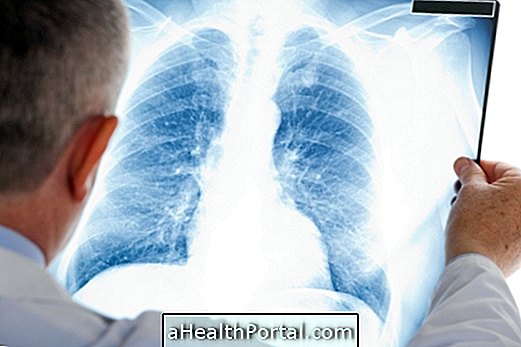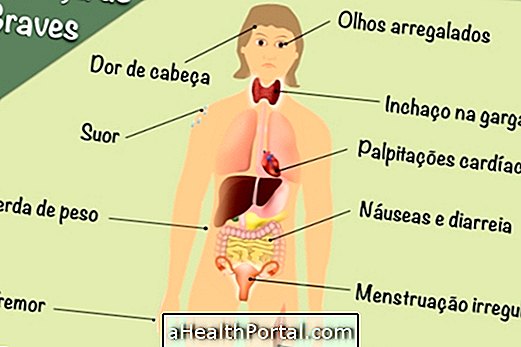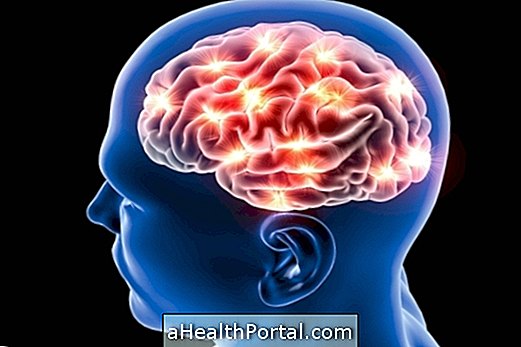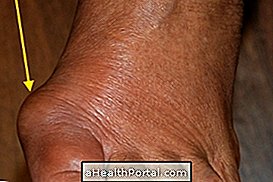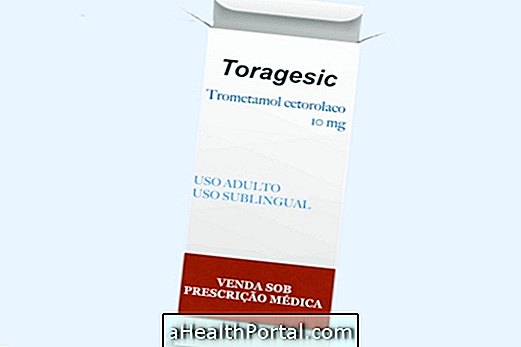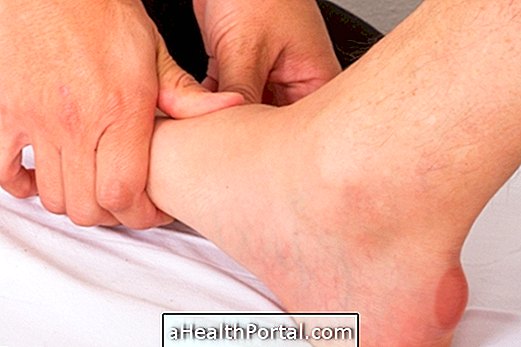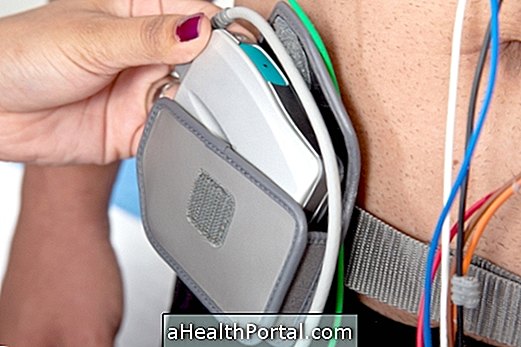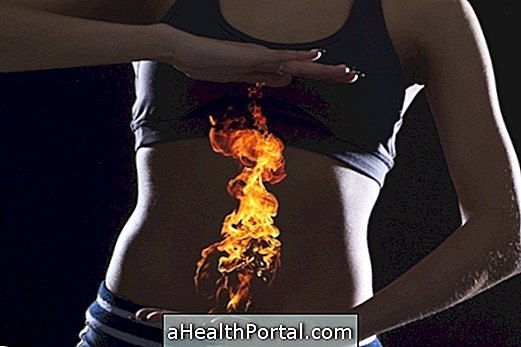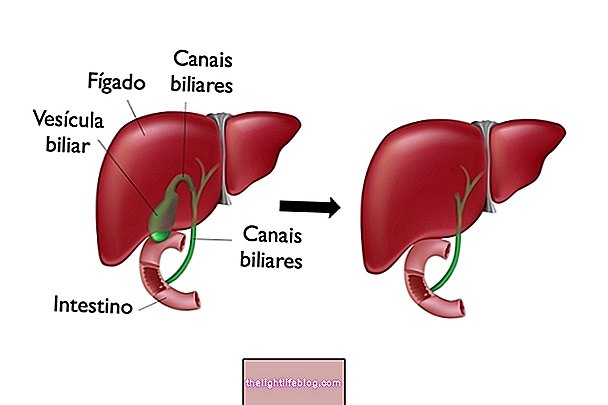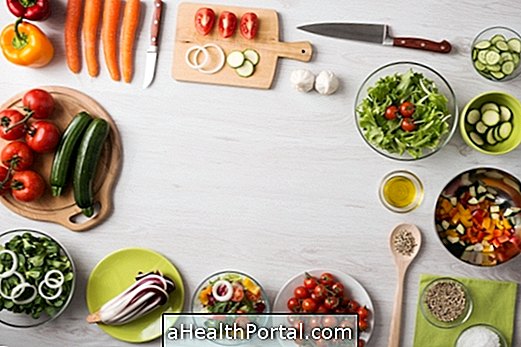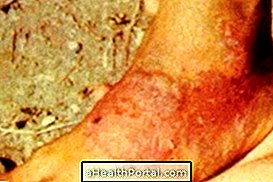Intolerance to gluten causes intestinal symptoms such as excessive gas, stomach pain, diarrhea or constipation, but as these signs also appear in several diseases, often the intolerance is not diagnosed. In addition, when intolerance is severe, it can cause Celiac Disease, which causes stronger and more frequent symptoms of abdominal pain and diarrhea.
This allergy to gluten can occur in children and adults, and is due to the inability or difficulty in digesting gluten, which is a protein present in wheat, rye and barley, and its treatment is the withdrawal of this protein from the diet. See all foods that contain gluten.
If you think you may be intolerant to gluten, signal your symptoms:
- 1. Excessive gas and belly swelling after eating food such as bread, noodles or beer Yes No
- 2. Alternating periods of diarrhea or constipation Yes No
- 3. Dizziness or excessive tiredness after meals Yes No
- 4. Easy irritability Yes No
- 5. Frequent migraines that mostly occur after meals Yes No
- 6. Red patches on skin that may scratch Yes No
- 7. Constant pain in muscles or joints Yes No
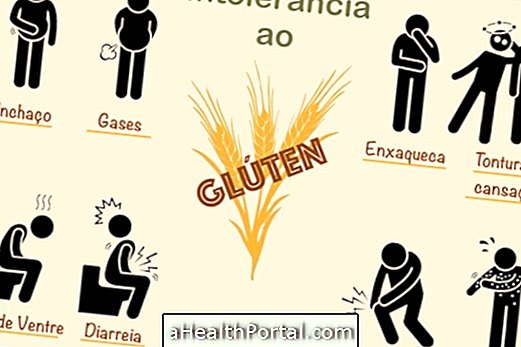
However, if you are having difficulty identifying your symptoms, see how to differentiate each one to make the diagnosis easier:
1. Abdominal discomfort
When there is intolerance, following the ingestion of foods with wheat, barley or rye, symptoms such as excessive gas, belly bloating, diarrhea or constipation are common. In addition to abdominal malaise, the intestinal cells also become damaged, causing malabsorption of vitamins and minerals.
How to differentiate: The pain of intolerance is recurrent and is usually accompanied by gas and intestinal changes mainly after the ingestion of breads, cakes or pasta, while the pain of gastritis, for example, always occurs after meals or when one stays long without eat.
2. Dizziness
Intake of gluten can cause dizziness, confusion, disorientation, or feeling tired after a meal, but these symptoms are usually not related to intolerance, and therefore go unnoticed.
How to differentiate: Dizziness caused by intolerance occurs even when you are well fed and rested, unrelated to excessive physical activity or changes in blood pressure.
3. Mood changes
Due to intestinal malaise, it is common for mood changes to occur mainly after meals, with symptoms of irritability, anxiety, or sadness.
These frequent mood swings also cause tiredness and fatigue even after a good night's sleep. This is because the body is focused on fighting inflammation in the gut, expending all the energy that would give the mood and mood to a new day.

4. Chronic migraine
In general, the migraine caused by this intolerance begins about 30 to 60 minutes after the meal, and symptoms of blurred vision and pain around the eyes may also occur.
How to differentiate: Common migraines do not have time to start and are usually linked to the consumption of coffee or alcohol, not having relation with food rich in wheat flour.
5. Itchy skin
Inflammation in the intestine caused by intolerance can cause dryness and itching of the skin, creating small red marbles. However, this symptom can also sometimes be linked to worsening symptoms of psoriasis and lupus.
How to differentiate: Foods with wheat, barley or rye, such as cakes, breads and pasta, should be removed from the diet to check for improvement in the itching with food changes.
6. Muscle pain
Consumption of gluten can cause or increase symptoms of muscle pain in joints and tendons, clinically called fibromyalgia. Swelling is also common, especially in the joints of the fingers, knees and hips.
How to differentiate: You should remove food with wheat, barley and rye from the feed and check if the pain symptoms improve.
7. Lactose intolerance
It is common for lactose intolerance to occur along with gluten intolerance. Thus, people who are already diagnosed for lactose intolerance are more likely to have food intolerance with wheat, barley and rye, and should be more attentive to symptoms.
How to know if it is intolerance
In the presence of these symptoms, the ideal is to do tests that confirm the diagnosis of intolerance, such as blood, stool, urine or intestinal biopsy.
In addition, all products containing this protein, such as flour, bread, biscuit and cake, should be excluded from the diet and the symptoms should disappear or not.
Understand in a simple way what it is, what the symptoms are and how the food is in Celiac Disease and gluten intolerance by watching the video below:

How to live with gluten intolerance
After the diagnosis, all foods containing this protein, such as wheat flour, pasta, bread, cakes and biscuits, should be removed from the diet. You can find several special products that do not contain this protein, such as pasta, bread, biscuits and cakes made from flour that are allowed in the diet, such as rice flour, cassava, corn, cornmeal, potato, manioc starch, sweet sprinkles and sour sprinkles.
In addition, it is important to note on the label the list of ingredients to check the presence of wheat, barley or rye in the composition or gluten residues, such as sausage, kib, cereal flakes, meatballs and canned soups. Here's how to make a gluten-free diet.
